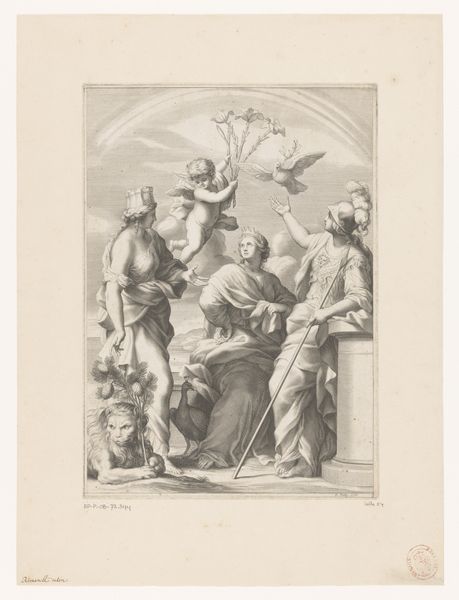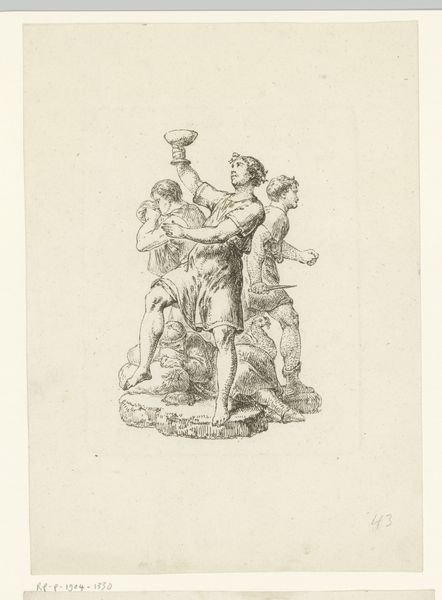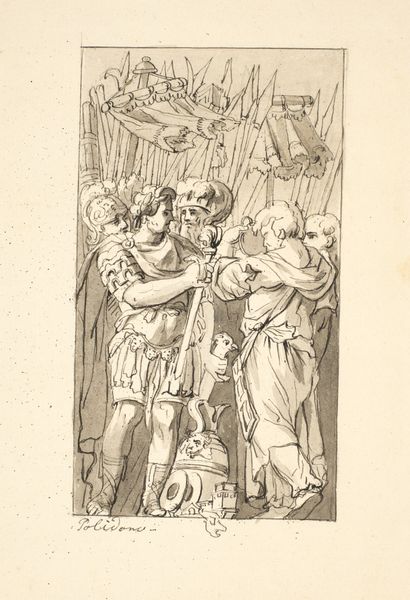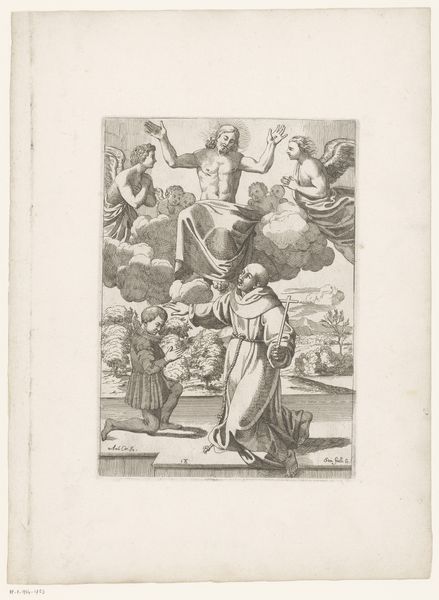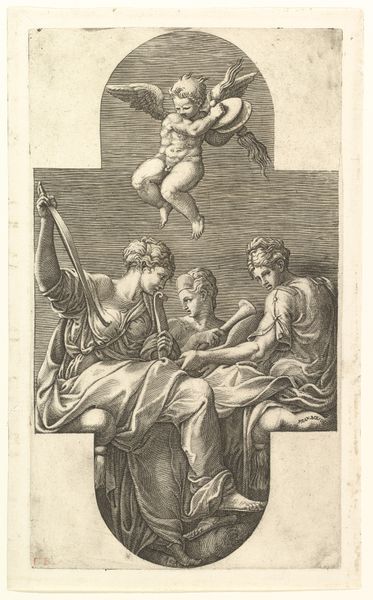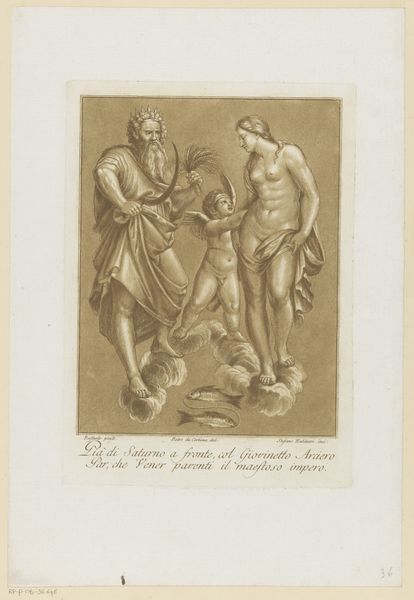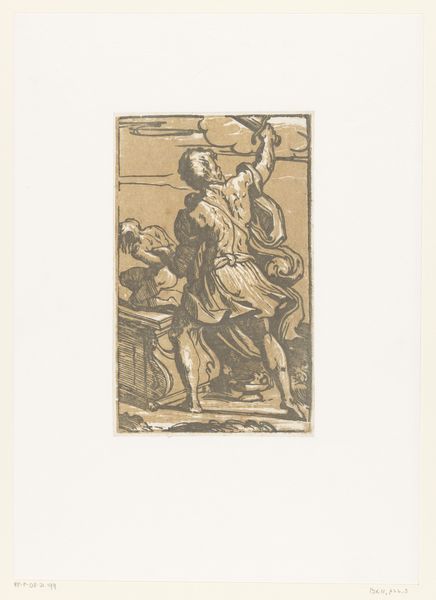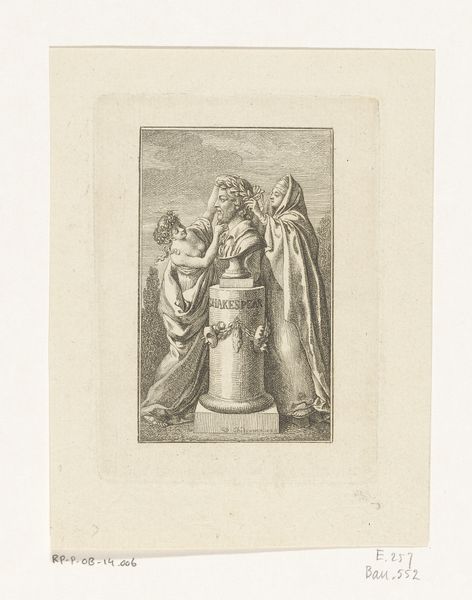
drawing, print, etching, engraving
#
drawing
# print
#
etching
#
etching
#
figuration
#
france
#
history-painting
#
engraving
Dimensions: 3 1/4 x 2 3/8 in. (8.26 x 6.03 cm) (sheet, each, trimmed within platemark)
Copyright: Public Domain
Curator: Immediately, I’m struck by the composition, it feels performative, theatrical almost. Is this history painting, perhaps? Editor: Precisely. This is “Suite de sept petits croquis,” or "Suite of seven small sketches," an etching by French artist Francois Philippe Charpentier from 1766, now housed here at the Minneapolis Institute of Art. Curator: Ah, France, late 18th century. The grand gesture, the draping… are we looking at a scene of triumph or sacrifice, I wonder? What narratives were en vogue? Editor: That’s a crucial entry point. Consider the intellectual climate; Enlightenment ideals wrestling with absolutist power. These figures, drawn with such immediacy and fluidity, are likely archetypes plucked from classical history, imbued with contemporary resonance. Curator: The warrior-like figure is particularly compelling. With arm raised, directing with authority... And what of the subjugated figure kneeling? I'm very interested in how class and power operate within that tableau. Editor: Symbolically, the raised arm often signifies power, divine mandate, or justice. The kneeling figure can denote submission, supplication, or even despair, but this pose holds diverse cultural implications through various time periods. These symbols function through time, modified through different political eras, even. Curator: Absolutely. And isn’t the seeming classical subject used here also allowing a critique of contemporary power structures? In exploring these historical themes, were they perhaps questioning the present? Editor: It’s difficult to say definitively without knowing the exact subject Charpentier intended to depict, but the layering of meaning is certainly there. The artist's deliberate choices concerning gesture, expression, and the overall composition contribute to its symbolic complexity. Curator: And look at the third figure—the robed figure to the right looks away. It complicates the easy triumph one might first imagine upon viewing the dominating stance of the warrior. Editor: A vital observation. The turning away could symbolize dissent, disbelief, a burden on those observing acts of power. Its lasting power relies on its formal elements: line, tone, and composition that engage with historical and cultural motifs. Curator: These nuances prompt a deeper reading into social justice. A critical analysis that speaks to how performative righteousness is used to obscure inherent biases. Thank you; it’s certainly a rewarding way to frame Charpentier's creation. Editor: The layers of this etching, through history and into the present, make a powerful case for the artist's contribution. Thank you for lending your historical perspective.
Comments
No comments
Be the first to comment and join the conversation on the ultimate creative platform.


